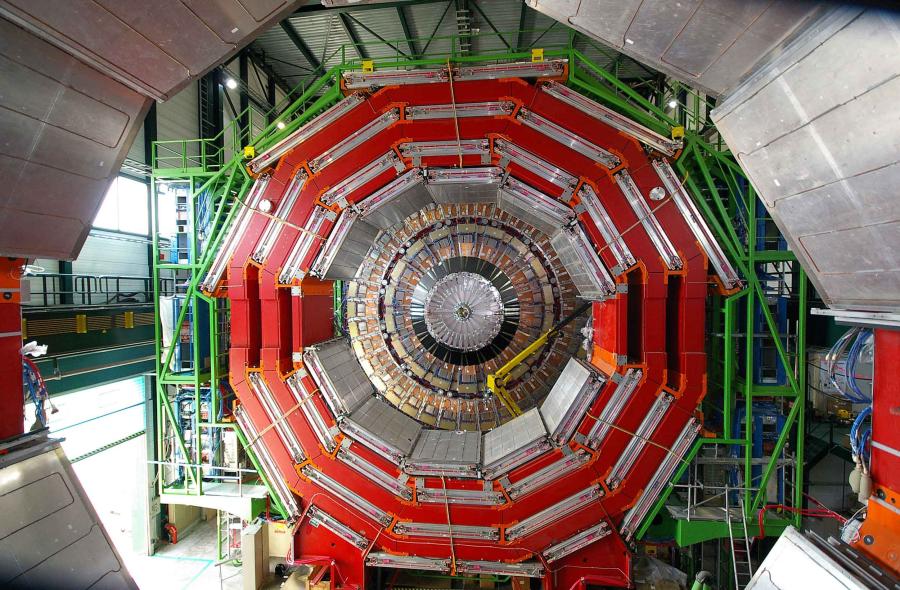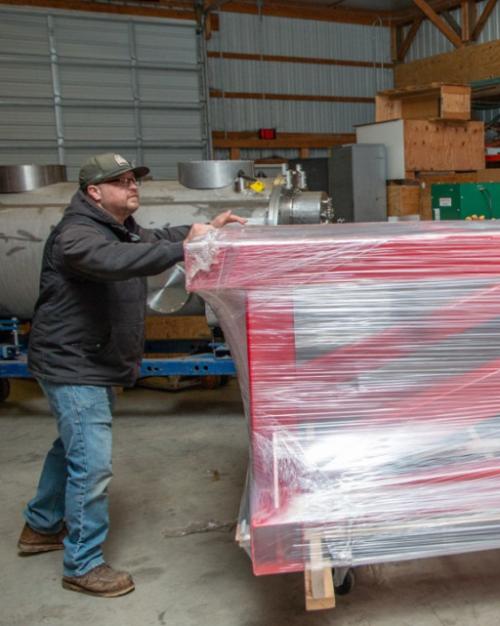I joined the Compact Muon Solenoid (CMS) experiment at the Large Hadron Collider (LHC) in 2005. The project then was already in the middle of construction and primarily I worked on the pixel detector and getting that ready for data taking, which started in 2010. But already I was thinking about what we want to do in the future. So I got involved with the H luminosity LHC upgrade, the next major upgrade of the facility at CERN that will allow us to take data at a rate that is in order of magnitude higher than what we have been doing so far. Starting about 2014, we really started seriously to make the plans for this work which had been listed as the highest priority project for the LHC upgrades.
After a long review process, the project was funded in 2020 and we are now in the middle of executing it. I am the principal investigator of the major research equipment and facility construction grant that we have from NSF for this project. It has a budget of about $77 million. There are about 20 U.S. universities that are working on this project, and it will all come together here at Cornell, to be assembled, integrated and tested.
Here at Cornell, we are working primarily on the pixel detector and the track trigger. The pixel detector is the larger of the two projects, almost half of what we refer to as the technical scope of the project, and Cornell has a lead role in that.
We’re responsible for doing the mechanical structure of the pixel detector. A lot of that work is going on over in Newman Lab, where we have labs and workshops.
The other part off the upgrades we are working on here is the track trigger, which is a completely new device for a particle physics experiment that will allow us to reconstruct charge particle trajectories in real time. It's a very challenging process with very large data volumes that we need to process in a very short time after the collisions.
What we really want to do at the LHC is to really understand the nature of matter. The way we are doing that is by colliding beams of protons at very high energies to produce particles that existed right after the Big Bang. Most of these decayed very quickly, so we don't see them today, but by colliding protons at very high energy, we can reconstruct essentially the conditions at the very early times of the universe, and create these particles and study their properties.
In order to be able to go back and see more and more rare or heavier particles that existed at even earlier times, we need to collect a very large data sample because these get produced very rarely. And so the LHC is increasing the intensity of the collisions; that's what we call luminosity increase, in order to produce many, many collisions.
The collisions are so intense and take place so often that detectors we built just a decade ago will simply not survive the intense radiation. And so there is a constant kind of evolution in the capabilities of these detectors that are necessary for us to explore the physics of the future.





